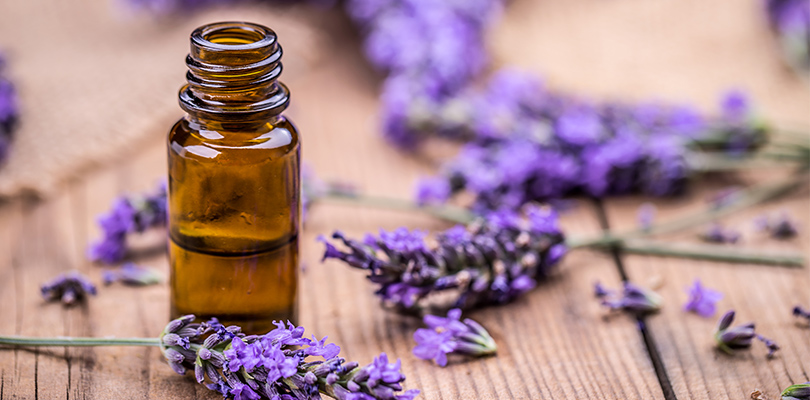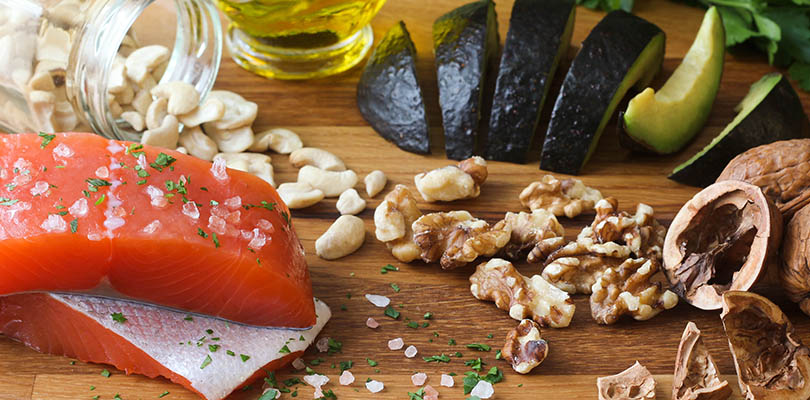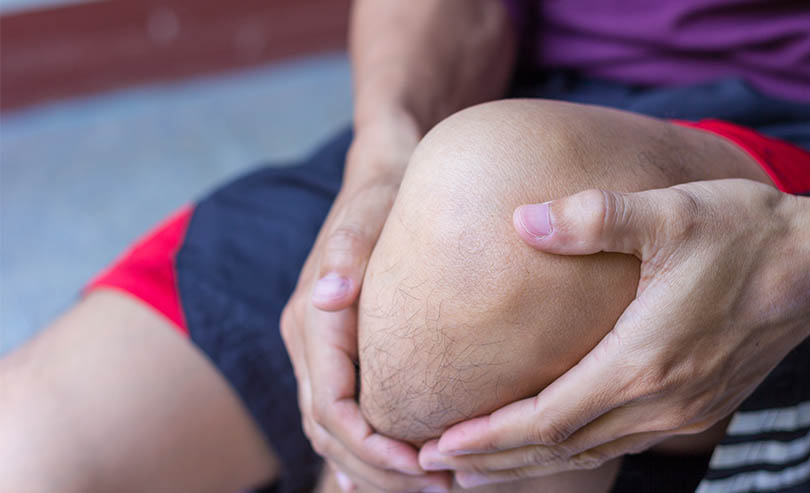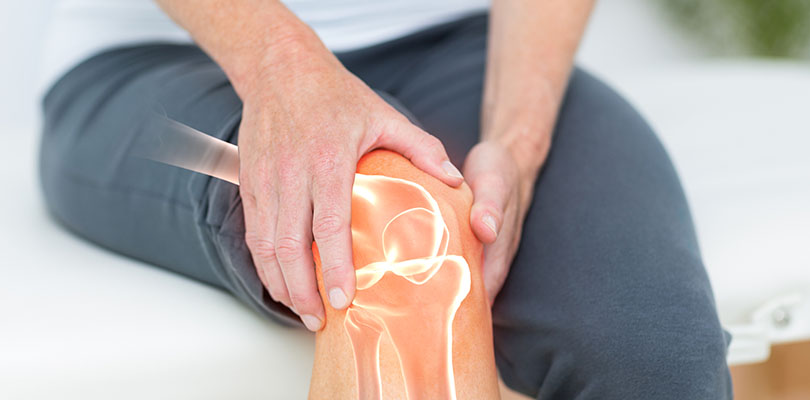Essential Oils for Arthritis
For people living with arthritis, pain and discomfort can become almost unbearable. While there are certainly many treatment options out there, sometimes people want a full picture of the various methods they can use to get some relief.
If you’ve been diagnosed with arthritis and you’re interested in learning about other ways to treat the symptoms you're experiencing, then you may want to think about using essential oils. Essential oils are considered an alternative approach to treatment, and the results may vary from patient to patient.
So what do you need to know about using essential oils for arthritis?
What Are Essential Oils?
Essential oils are natural chemical compounds that are extracted from the roots, stems, leaves, flowers or fruits of plants using a process called distillation. Distillation produces a liquid that contains a high concentration of the "essence" of the plant, namely its scent and healing properties.
Essential oils have been used for many years to treat a variety of ailments that are associated with both physical and mental conditions. Some of the most familiar essential oils include lavender, peppermint, frankincense and tea tree.
Using essential oils for therapeutic purposes is known as aromatherapy. Certain scents can induce a sense of calm and peace, which brings about psychological balance. Oftentimes, essential oils are coupled with other relaxation techniques such as meditation, massage and acupuncture.
How Essential Oil Can Help Arthritis
The core symptoms that people with arthritis experience include:
- Pain
- Stiffness
- Swelling
- Inflammation
- Fatigue
- Tenderness
The level of discomfort a person experiences can vary based on the severity of the condition. For people with lower level pain, essential oils may provide just the type of relief they are looking for.
While over-the-counter medications can help, this can become costly and ineffective over time. That’s why so many people are turning to essential oils for help. While research indicates the relief essential oils elicits is limited, there is some correlation between the use of essential oils and the reduction of arthritis-related symptoms.
Turmeric Essential Oil
For pain relief, turmeric essential oil has proven to be helpful. It comes equipped with anti-inflammatory properties that reduce swelling and can aid in some of the tenderness that is often felt in the joints. Interestingly, a 2010 animal study found that turmeric was 95 to 100 percent effective in reducing swelling in animals that had induced arthritis. Additionally, in the event that the treatment was delayed, it was still effective in 68 percent of cases.
One critical component of this study is that the animals were injected with essential oil, which is not recommended for humans. Instead, it is best for humans to either apply a small amount directly to the skin or inhale it.
Ginger and basil are also said to be anti-inflammatory. The best way to use them is to dilute the oils with water and apply directly to the impacted area.
Lavender Essential Oil
Any kind of condition that causes chronic pain can certainly take an emotional toll on a person after a while. If you have arthritis (or any other chronic condition) and you’ve noticed a change in your mood, then you may benefit from the use of lavender essential oil.
Small and medium-sized clinical trials have indicated that lavender essential oil can reduce stress and anxiousness in people that have used it.
Lavender is considered to be the best stress relief option as far as essential oils go. It should be noted that vanilla essential oil is also said to be an excellent option for stress reduction.
An arthritis diagnosis tends to bring a list of limitations along with it, and that can mean some disappointing changes to your daily routine.
How to Use Essential Oils
There is certainly a right and wrong way to use essential oils. The first rule is to always dilute the essential oil with what is known as a carrier oil. Common options for carrier oils include coconut oil and olive oil. You should use one ounce of carrier oil for every 12 drops of essential oil.
There are two main ways you can use essential oils: skin application and inhalation.
Applying an essential oil topically to your skin will allow your body to safely absorb it. Massaging the area first can help with absorption. However, if you’ve never used essential oils before then you should test a small area of your skin first. Simply apply it to the intended area and then wait at least 24 hours to make sure there is no reaction. If redness or swelling occurs then you should not use that particular essential oil.
You can also inhale essential oils through the nose or mouth. When inhaled through the nose, essential oils interact with the olfactory organs and the brain. In the brain, the molecules of the essential oil reach the limbic system, which is concerned with emotions and memory. It is believed that this is how essential oils can influence individuals psychologically. When inhaled through the mouth, the molecules of essential oils interact with the respiratory system.
You can either apply a few drops of the essential order to a cotton ball or washcloth and then inhale the scent slowly, or you can use a diffuser, which permeates the room with the scent. The latter option works best with calming scents such as lavender or vanilla.
Be aware that ingesting essential oils is not recommended. Some essential oils can be toxic to certain organs when ingested.
Warnings
Essential oils are considered to be virtually harmless. However, they are not without risk. In the event that you apply it topically, you may experience skin irritation. This is why it is incredibly important to test the essential oil on a small area prior to use.
Additionally, if you use the inhalation method of aromatherapy, you may experience nausea or a headache. If you experience any symptoms as a result of essential oils, discontinue use until you can speak to your doctor.
Overview
Arthritis can be a difficult disease to live with. However, treatment options such as essential oils can provide even a small amount of relief in a cost-effective, non-invasive manner. If you would like more information about essential oils for arthritis pain or other alternative treatments, discuss your options with your doctor.







